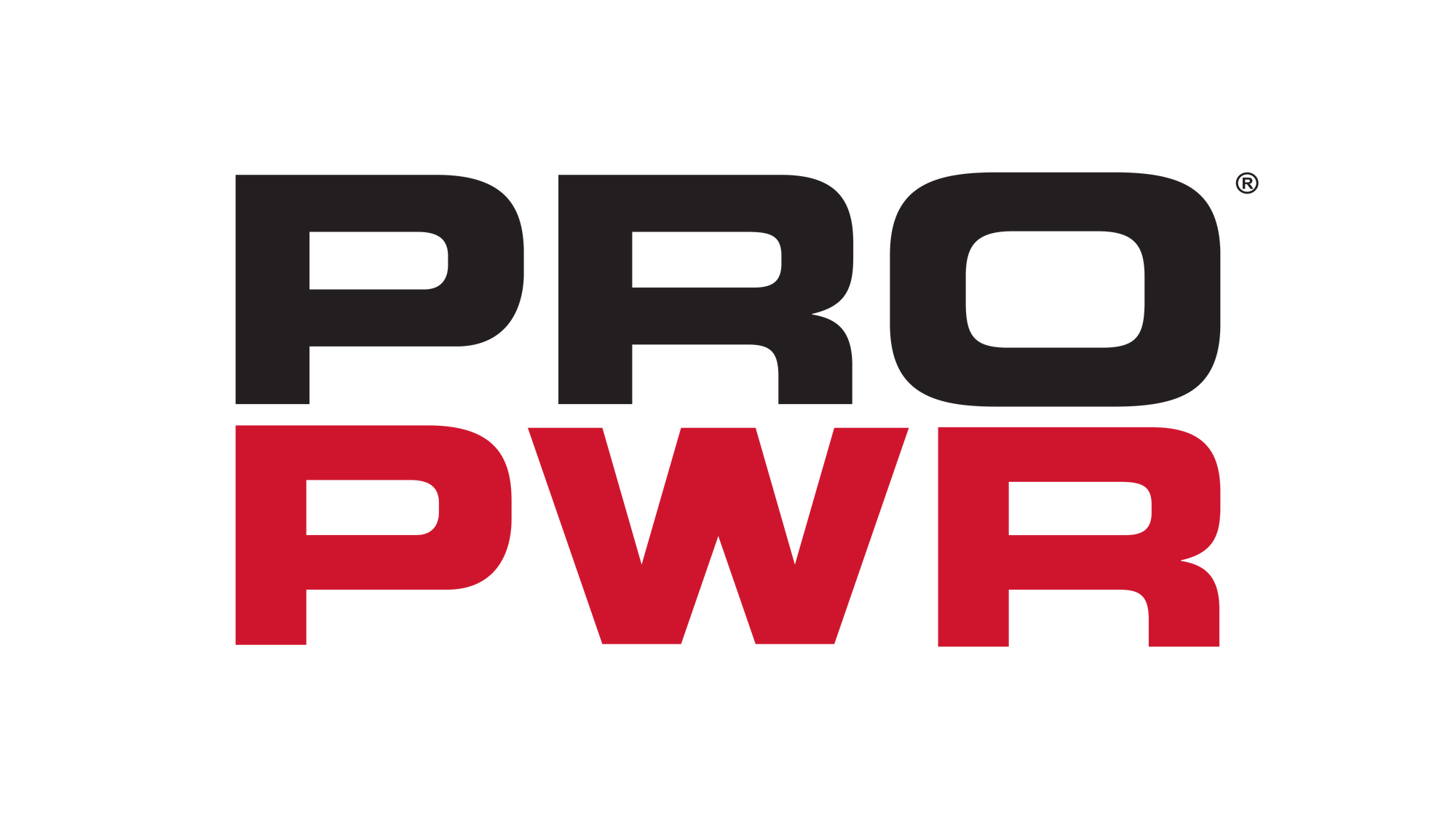Across the country, the electric grid is under pressure. Outages are increasing, infrastructure is aging, and electricity demand continues to rise. In regions like the Permian Basin, these challenges are magnified. Industrial growth, oilfield electrification, and new technologies are all adding strain to a system that was not designed for today’s realities.
Efforts to patch the grid with incremental upgrades are not keeping up. What operators need is a new approach to power that bypasses these limitations entirely.
Why Patching Isn’t Enough
Utility companies invest billions of dollars each year to maintain and expand transmission lines and substations. But permitting delays, long construction timelines, and capacity constraints make it impossible for utilities to match the pace of growth in places like West Texas. For oilfield operators and other heavy industries, waiting years for new infrastructure is not an option.
Replacing the Grid with Localized Power
Mobile and modular power systems provide a practical alternative. By generating electricity directly at the site of demand, operators reduce dependence on the utility grid and eliminate exposure to transmission bottlenecks. Island and behind-the-meter solutions deliver resilient power exactly where it is needed, when it is needed.
The Benefits of a Replacement Approach
- Speed: Deploy mobile systems in weeks instead of waiting years for grid expansion.
- Reliability: Keep operations powered even when the utility grid fails.
- Efficiency: Use local natural gas to create power without flaring or waste.
- Scalability: Adjust capacity as projects grow or shift across the field.
A Smarter Future for Energy
The next generation of energy infrastructure will not come from patching the old grid. It will come from replacing it with solutions that are flexible, resilient, and designed for the demands of modern industry.
At PROPWR, we are building that future today. Our mobile and modular power systems give operators the independence, scalability, and sustainability required to stay ahead of rising demand. It is time to move beyond patching and start replacing.

